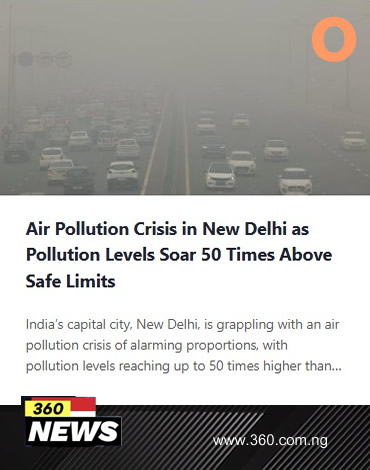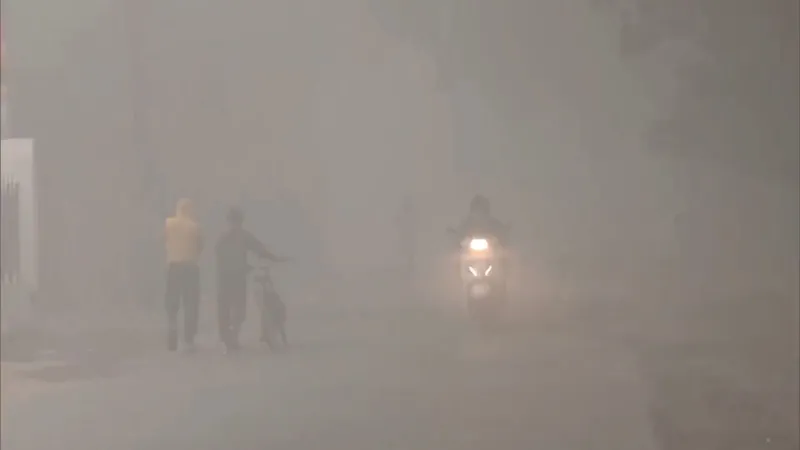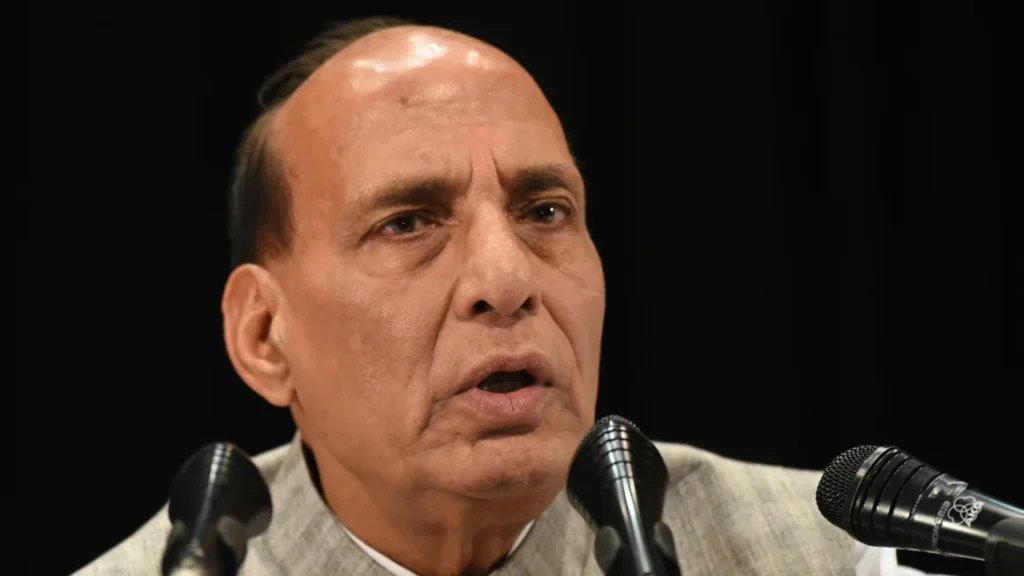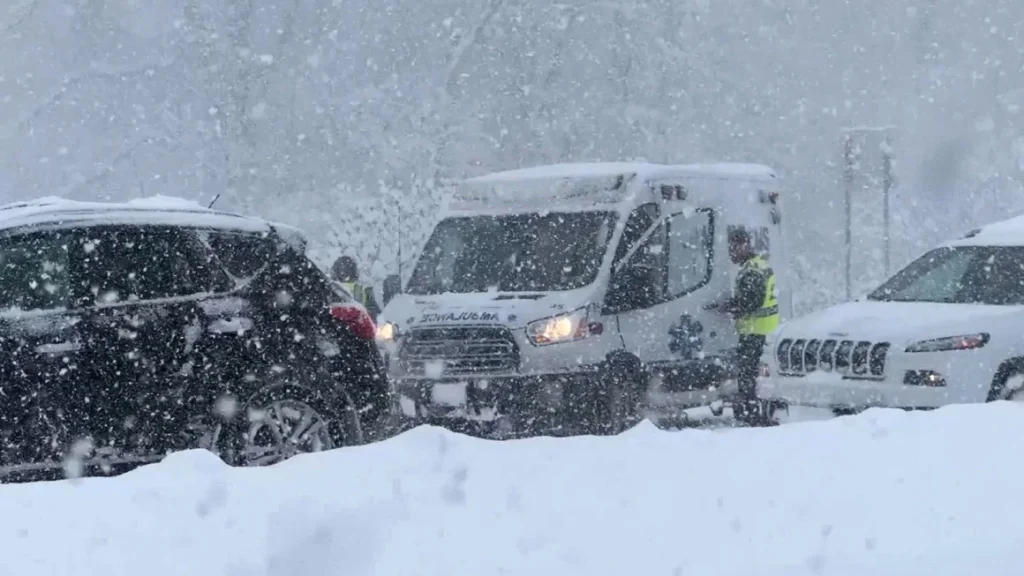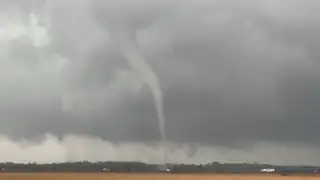Air Pollution Crisis in New Delhi as Pollution Levels Soar 50 Times Above Safe Limits
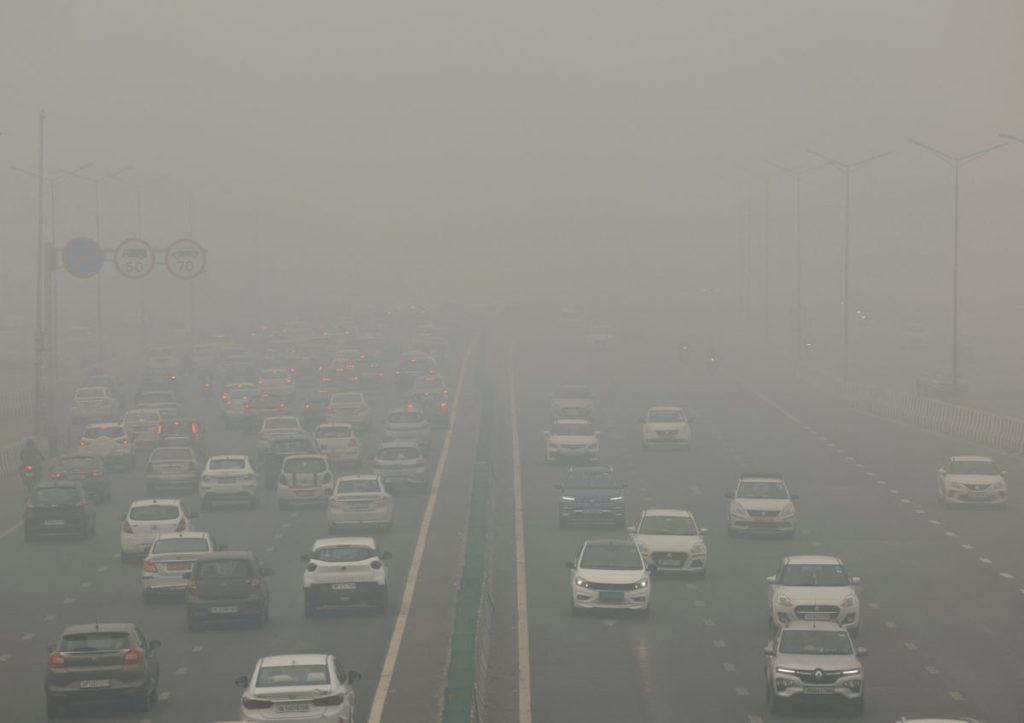
India’s capital city, New Delhi, is grappling with an air pollution crisis of alarming proportions, with pollution levels reaching up to 50 times higher than the safe limit set by the World Health Organization (WHO).
The city’s residents are enduring some of the worst air quality levels in recent memory, as thick smog and haze have enveloped the city, causing widespread health concerns and significant disruptions to daily life.
The spike in pollution comes during a period when New Delhi traditionally experiences a seasonal deterioration in air quality, but this year, the situation has escalated to new extremes.
Air quality readings in New Delhi have reached hazardous levels, with the Air Quality Index (AQI) surpassing 500 in some areas, a number that indicates “severe” air pollution. The recommended AQI for safe air quality is below 50, and levels above 200 are considered “very unhealthy.”
These dangerous air quality levels are primarily due to a combination of factors, including vehicular emissions, industrial activity, the burning of crop residue in neighboring states, and the seasonal weather conditions that trap pollutants in the atmosphere.
For the residents of New Delhi, the impact of the pollution is immediate and overwhelming. Schools have been shut down, outdoor activities have been suspended, and many people are advised to stay indoors as much as possible.
The dense, toxic smog is visibly thick, making it difficult to see long distances and causing respiratory problems even for those with no prior health conditions.
Hospitals in the city have been inundated with patients suffering from respiratory issues, including asthma, bronchitis, and other lung-related ailments.
The elderly and children are particularly vulnerable, with experts warning that prolonged exposure to such high levels of pollution could result in long-term health problems.
One of the primary contributors to the pollution crisis is the burning of agricultural waste in neighboring states, particularly Punjab and Haryana.
Each year, during the harvest season, farmers in these areas set fire to large swathes of crop stubble, a practice that releases vast amounts of smoke and particulate matter into the atmosphere.
While this practice helps farmers clear their fields quickly, it has a devastating impact on the air quality in New Delhi, which is located downwind of these agricultural areas.
In addition to crop burning, the growing number of vehicles on New Delhi’s roads is a major source of pollution. The city has one of the highest numbers of cars per capita in the world, and vehicular emissions are a significant contributor to the city’s smog.
Traffic congestion is a constant issue, with cars, trucks, and buses emitting large amounts of carbon monoxide, nitrogen oxides, and other pollutants. Industrial emissions also contribute to the toxic air, as factories in and around the city release pollutants into the atmosphere, exacerbating the already dire air quality.
Weather conditions also play a role in trapping pollutants in the air. During the cooler months, the city experiences low winds and temperature inversions, which prevent the pollutants from dispersing and cause them to remain trapped near the surface. This phenomenon exacerbates the pollution levels, leading to the thick, hazy conditions that residents are experiencing.
The health effects of such high levels of pollution are significant and wide-ranging. Studies have shown that long-term exposure to air pollution can lead to chronic respiratory diseases, heart disease, and even cancer. For the people of New Delhi, the daily struggle with polluted air has become a public health emergency.
Hospitals are reporting a surge in the number of patients seeking treatment for breathing difficulties, eye irritation, and other pollution-related health problems.
In response to the crisis, the Indian government has implemented several measures to try to mitigate the pollution. These include shutting down construction sites, limiting vehicular traffic, and even implementing emergency measures to reduce emissions from power plants and industries.
However, these efforts have been largely ineffective in addressing the root causes of the pollution, such as crop burning and the city’s over-reliance on fossil fuels.
Activists and environmental organizations are calling for more comprehensive action to address the pollution crisis. They are urging the government to focus on reducing the sources of pollution, particularly crop burning, and to invest in long-term solutions such as cleaner energy alternatives and stricter vehicle emissions standards.
The failure to tackle these issues, they warn, will only continue to harm public health and the environment in the long run.
International organizations, including the WHO, have also expressed concern over the pollution levels in New Delhi. The city has consistently ranked among the world’s most polluted cities, and its air quality has been a subject of global scrutiny.
The WHO has warned that the health impacts of such severe pollution are not only immediate but also have long-term consequences for public health, especially for vulnerable populations like children and the elderly.
For now, the people of New Delhi are left to cope with the hazardous air quality, with limited relief in sight. As the city faces another year of air pollution, the need for comprehensive, sustained action to combat the crisis has never been clearer.
The government, health officials, and environmental groups must work together to find lasting solutions that will protect the health of the city’s residents and ensure a cleaner, healthier environment for future generations.
Picture News
